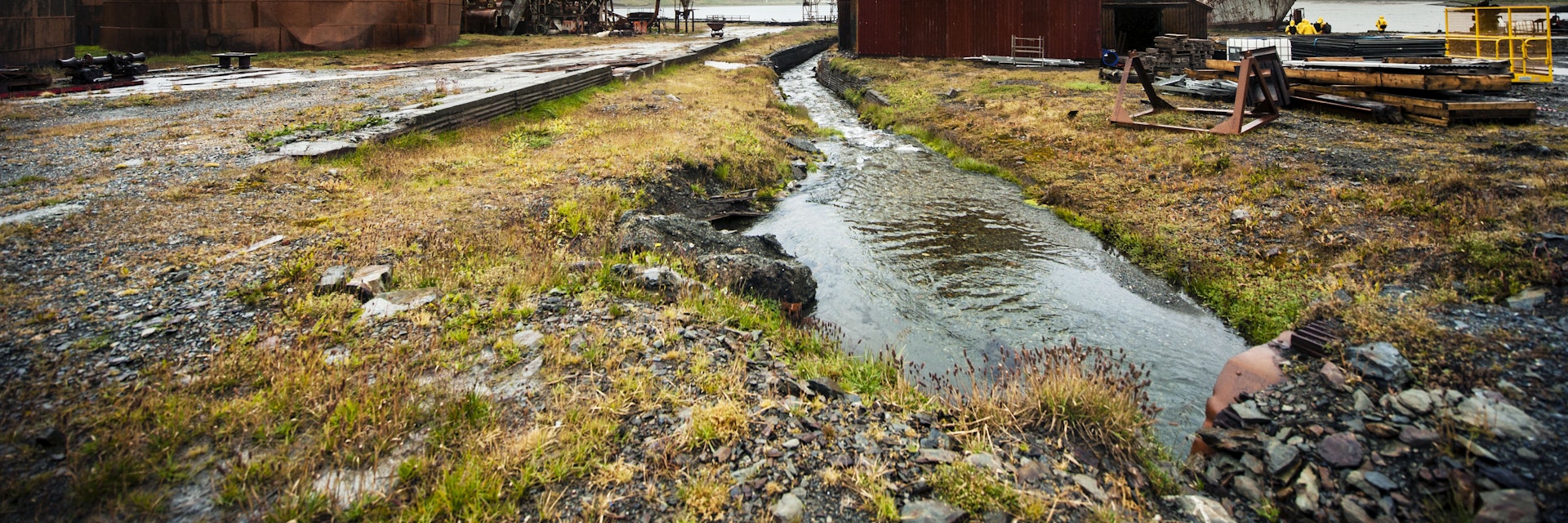Shackleton’s grave is the highlight of the whalers’ cemetery at Grytviken. ‘The Boss’ is buried at the left rear of the graveyard. On the back of the granite headstone (engraved with the nine-pointed star that Shackleton used as a personal emblem) is one of his favorite quotations, from the work of poet Robert Browning: ‘I hold that a man should strive to the uttermost for his life’s set prize.’
In November 2011, Frank Wild’s ashes were buried alongside Shackleton’s after a ceremony in the church attended by Shackleton’s and Wild’s descendants. Wild was Shackleton’s ‘right-hand man.’
There are 63 other graves here, several of which may belong to 19th-century sealers. Most belong to Norwegian whalers, including nine who died in a 1912 typhus epidemic. One grave holds the remains of an Argentine soldier killed during the Falklands War. The cemetery’s abundant dandelions come from seeds in the soil, some of which was imported from Norway to allow the dead whalers to be buried in a bit of home. The cemetery is surrounded by a fence to keep molting elephant seals from scratching against the gravestones.
The cross on the hillside above commemorates Walter Slossarczyk, third officer on Filchner’s Deutschland expedition, who committed suicide at Grytviken in 1911; he rowed off in a ship’s dinghy one night and never returned: the boat was found three days later. The cross higher up the hill commemorates 17 men who died when their fishing vessel, Sudurhavid, sank off the island in 1998. The hillside is a good place to take panoramic photos of the station, but it’s quite steep.
